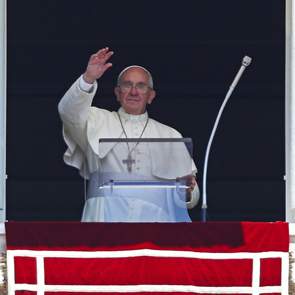 The German Protestant Church (EKD) has apologised for the widespread destruction of religious images during the Reformation.
The German Protestant Church (EKD) has apologised for the widespread destruction of religious images during the Reformation.
“The Protestant Church rejects the destruction of images. Images have long since become an expression of Protestant piety,” Protestant Bishop Petra Bosse-Huber underlined at a meeting of delegations from the Ecumenical Patriarchate of Constantinople and the EKD. The clerics met in Hamburg to discuss the word “image” from the Orthodox and Protestant points of view. Ecumenical Patriarch Bartholomew and EKD chairman Bishop Heinrich Bedford-Strohm sent greetings and blessings to the Hamburg meeting.
Destroying image was most common in the immediate aftermath of the Reformation. In the first half of the sixteenth century, statues of the Virgin and the saints, stained-glass windows, organs and any objects associated with miracles and the supernatural were removed from Catholic churches and wayside chapels and in many cases destroyed. Switzerland, the Netherlands, England and southern Germany suffered particularly.
In the southern German city of Ulm, on a so-called “Götzentag” (“Idolatry Day”) in 1531, Reformation supporters who were convinced that church artefacts were superstitious idolatry forcibly removed 60 altars and both organs from the cathedral.
Geneva witnessed one of the most devastating waves of religious image-breaking. Incited by a group of Protestant theologians including John Calvin himself, some of the city’s most precious pieces of Christian art were destroyed.
Above: Stained glass from Canterbury Cathedral was defaced in 1643. © Dean and Chapter of Canterbury Cathedral


 Loading ...
Loading ...